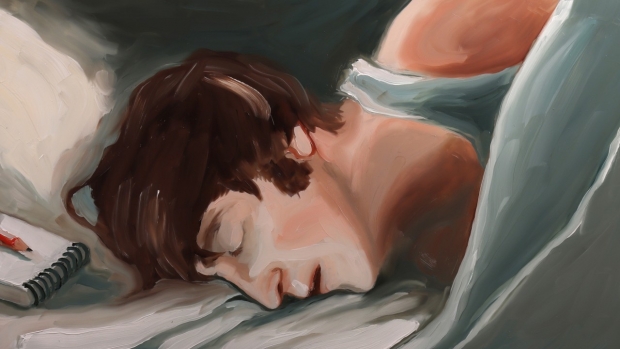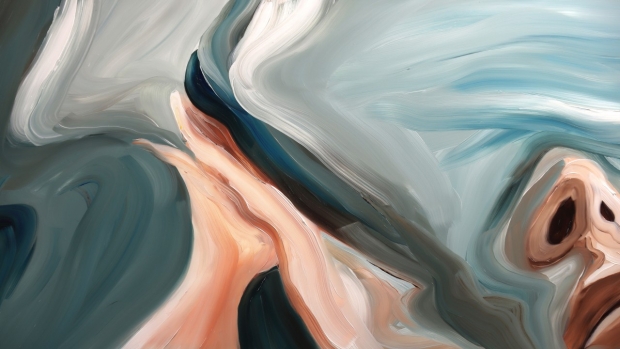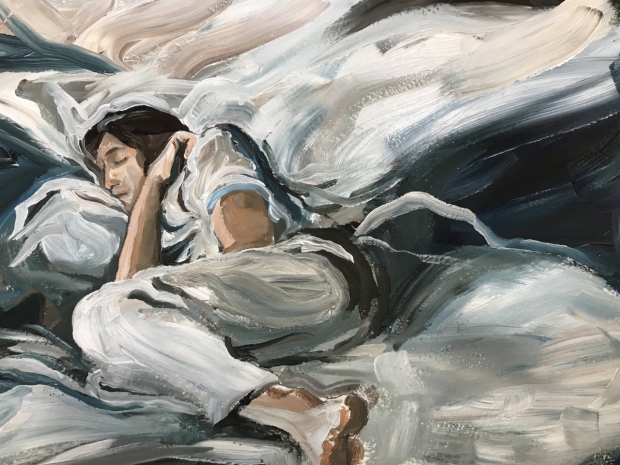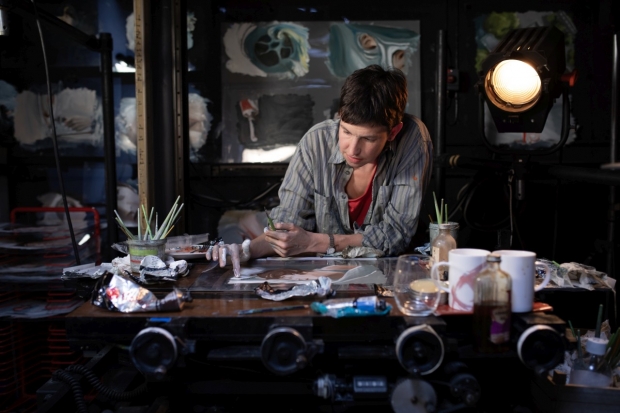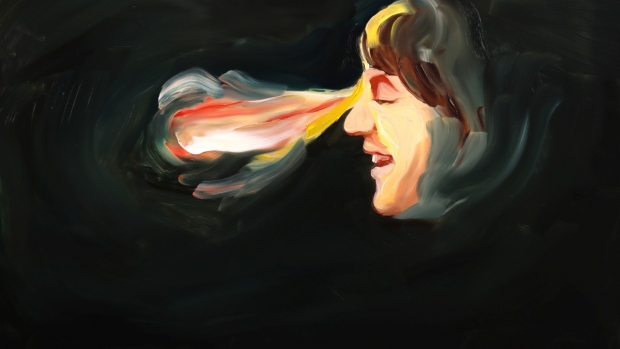In the Grammy Award-nominated short film, the artist explores the space between ‘dreaming and wakefulness,’ creating and morphing 1,300 oil paintings by hand to honor the re-release of The Beatles’ seminal 1966 album, ‘Revolver.’
Leave it to self-described perfectionist Em Cooper to embrace one of, if not the most, labor-intensive animation techniques. The U.K.-based director works with oil paint on celluloid. Creating one frame at a time. She paints, she clicks her rostrum camera to capture the image, massages the paint into a new image – or starts fresh on a new cell – and clicks again. “Literally, I paint and then I shoot that individual frame straight away, and then I move on to the next one,” she says. “It's like paint and shoot it, and then repaint. I might wipe it and repaint it or keep it wet and morph it like it’s paint on glass. Each photograph shows an entirely new painting. It’s kind of a stop-motion process.”
The result is nothing short of magical. So moving, in fact, that the folks at Universal Music and Apple Corps enlisted her talents to produce an animated music video for The Beatles’ classic track from Revolver, “I’m Only Sleeping,” which has been nominated for a Grammy for Best Music Video. The song features beautiful harmonies and experimental recording methods evocative of band’s pioneering approach on the album, which in turn inspired the style and storytelling of the music video. Originally released in 1966, Revolver was recently re-released with new studio mixes and expanded special edition songs, plus never-before-released session recordings and demos, in addition to the “Paperback Writer” and “Rain” EP. It’s available physically on 5CD/4LP Super Deluxe, 2CD Deluxe, Picture Disk, 1LP, and 1CD, as well as via download and streaming.
In describing how she interpreted the song, she notes, “I began with the thought that this would simply be John drifting in and out of sleep, flowing between wakefulness and memory and peppered with surreal moments, dipping into the history of The Beatles, with everything fleeting and ungraspable. But the meanings of the film soon began to spread out, encompassing The Beatles’ anti-war feelings, and reflecting on our place in the world. In my work, I’ve always been interested in using paint to evoke thought, or subjective experience - the way things flow inside your mind. So, for me this song, which sways between the inner world of sleep and the outer world of waking, was a thrilling and beautiful opportunity.”
Enjoy the music video and a fun behind-the-scenes look before learning more about how the animation was produced:
Cooper spent months researching within the band’s archives, designing, storyboarding, creating a rough animatic, painting, shooting, and editing the 3-minute music video, a laborious process that eventually involved 1,300 oil paintings. Some days, she managed to produce just a few frames; others, she might create 18. “When you’ve got someone’s face, especially if there are two or three faces, each one has to be painted,” she shares. “I might only manage one frame in a day. On this music video, I had to try to create about two seconds of animation a day, which is like 16 frames each day. That’s a lot. But I went through the animatic, the sequences, and broke it down to what would be easy, medium, and hard, and sort of divided it up. So, some days, I’d do very few, some, I’d do a lot.”
While each day’s production output varied, she did try to finish up at a point where she could begin the next day with a new cell. “Usually, in the morning, I would start with a fresh cell because the paint gets kind of tacky after sitting overnight, and it wouldn’t be good for morphing,” she describes. “If it gets to the end of the day, or there's a particularly good painting that I like the look of, and I'm like, ‘Oh, this is quite a nice one,’ I might just peel that one off and hang it up to dry. When I paint faces, it's actually a lot easier to repaint from scratch because the traces of a previous eye or nose can make you go off a little bit wrong on the next frame. Also, when it's a face, those often feel like the better paintings as well. So, they're kind of worth peeling off. I would say I was left with around 150 cell paintings on this project.”
Asked if she felt any additional pressure producing a piece involving such high-profile, iconic musicians, she admits, “Yeah, I did feel a great weight of responsibility. But I tried to focus on what I had to do rather than the bigger picture of what I was doing culturally, as it were. It was also a great responsibility to get the likenesses right. Painting is very difficult. Making even just one oil painting of somebody is hard enough. Getting a good likeness on that is tricky. Then getting the likeness right on eight paintings is even more difficult. There were some days, like when I was on the shot of John Lennon rolling over on the bed, that I did a painting over and over until maybe the fifth time, I finally nailed the likeness. But it was difficult. I’m not going to lie. And I’d been entrusted with this great responsibility for this incredible band and this iconic song, this incredible legacy… I had to just not think about that while I was working, or I would have frozen up.”
Cooper goes on to describe how she has John Lennon’s face “absolutely imprinted” on her brain. “For example, the corners of his mouth… he's got a very sleek, slim upper lip, and like nobody else in the world probably notices that, but I have painted him so many times that I really know his upper lip.” She also explains how people who paint commissioned portraits or single paintings often work from a “good” image of a person, especially if they’re famous. But she paints people often at their worst. “When you pause a movie, every single frame of a person, particularly in motion, isn’t a good-looking frame,” she says. “So, I've got this strange dilemma where I have to paint these paintings of people sometimes looking pretty hideous… quite off or weird, sort of smudged, or where they seem half asleep. It’s not a good look. But there's a certain truth in these off frames. You can create a good likeness of somebody. But, you know, we don't look like ourselves all the time. We only look like ourselves in certain poses. And in the middle of movement, we don't look like ourselves at all. So, I tell myself, Em, you've gotta just be truthful and paint the weirdness and allow it to be strange and off. Because I'm often thinking, ‘Oh, this is going to be a saved cell painting, and people are gonna think it's a horrible painting!”
Reflecting on the finished music video, Cooper notes that while she’s a perfectionist and only sees the “errors” in her work, she has been absolutely blown away by the reception it has received. “Never in a million years would I have expected this,” she shares. “It was a very private project. I didn’t share it with anyone. When it was finished, I just sort of put it out of my mind and carried on with my life. But since it came out, I’m really proud and happy to have done the song justice.”
Dan Sarto is Publisher and Editor-in-Chief of Animation World Network.
